
By Zach Jewell. Media: DailyWire.com
The Trump administration released new guidance late Friday night on its tariff on China, exempting electronic devices such as smartphones and laptops.
The guidance, posted by U.S. Customs and Border Protection, which oversees collecting taxes on imports, could relieve some anxiety among consumers and tech giants like Apple and Microsoft, which manufacture many of their products in China, The Wall Street Journal reported. Around 20 electronic products — which also include memory cards and machines used to make flatscreens and tablets — will now be exempted from Trump’s massive “reciprocal” tariff on China. The exemption comes after the president increased the tariff on China in recent days in response to China’s retaliatory tariff on U.S. goods.
Stephen Miller, the White House deputy chief of staff for policy and Homeland Security adviser, wrote on X, “These products are subject to the tariff under the original IEEPA [International Emergency Economic Powers Act] on China of 20 percent.” The IEEPA tariff was the first one Trump imposed on China after taking office in January. The tariff was levied on China, along with Canada and Mexico, in an attempt to “hold” the countries “to their promises of halting illegal immigration and stopping poisonous fentanyl and other drugs from flowing into our country.”
The Trump administration has suggested that the tariff on China will encourage companies, including Big Tech companies, to manufacture their products on U.S. soil, arguing that the move would be better for the economy and national security.
“President Trump has made it clear America cannot rely on China to manufacture critical technologies such as semiconductors, chips, smartphones, and laptops,” Press Secretary Karoline Leavitt said on Saturday, according to the Wall Street Journal. She added, “Companies are hustling to onshore their manufacturing in the United States as soon as possible.”
Last week, Trump announced a “90-day pause” on tariffs for most countries, citing their willingness to negotiate. The tariff “pause” didn’t end tariffs on foreign nations, but instead dropped them to a baseline 10% tariff rate, except for products from China, which he raised to 125%. With the IEEPA tariff factored in, the tariff on Chinese goods stands at 145%.
China responded to Trump’s move by increasing the tariff on U.S. imports to 125%, a move that will mostly affect American soybeans, pharmaceutical drugs, and airplanes. Trump is accusing China of “ripping off the U.S.A., and other Countries,” while China says it will not respond to “pressure, threats, and blackmail.”
Trump remains hopeful that China will come to the negotiating table to work out a new trade deal, but so far, the Chinese government has shown no signs of backing down from the trade war.
“A deal is going to be made with China,” the president said earlier this week. “A deal is going to be made with every one of them [countries], and there will be fair deals. I just want fair.”




















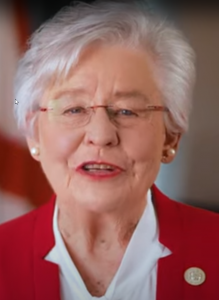



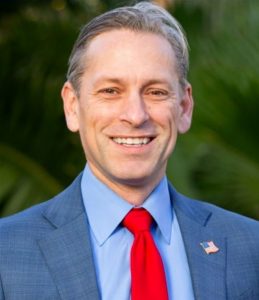
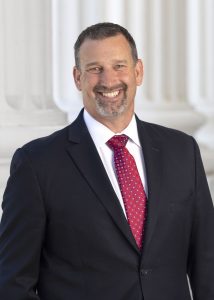


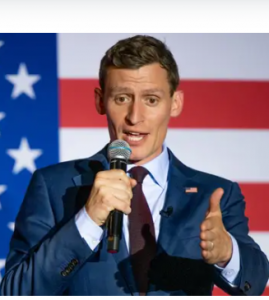

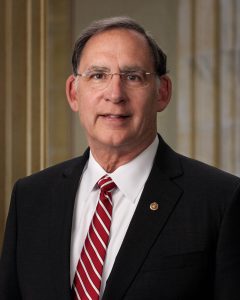











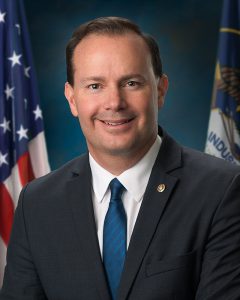

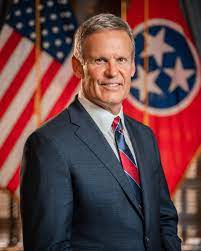
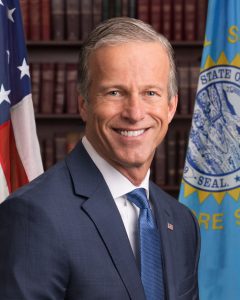





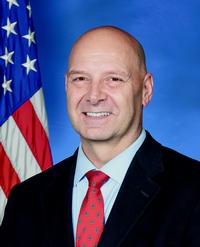
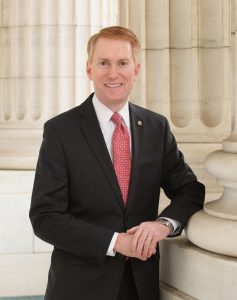
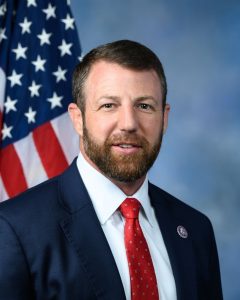


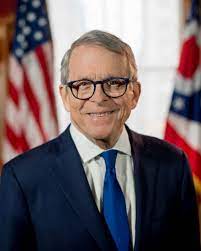
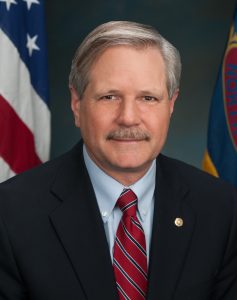
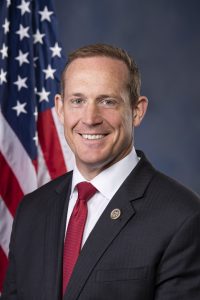
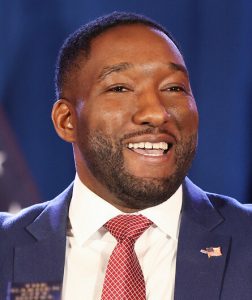
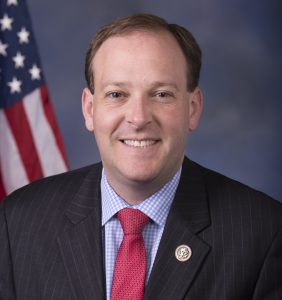

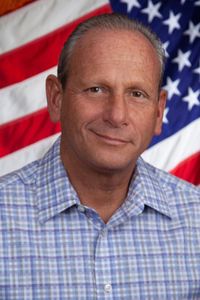
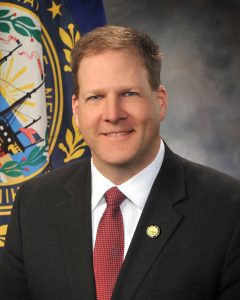








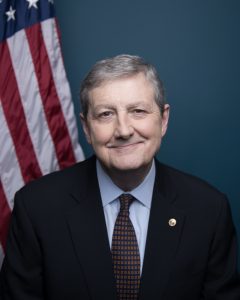



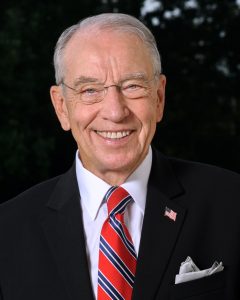


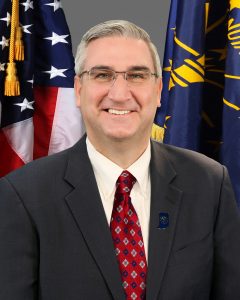


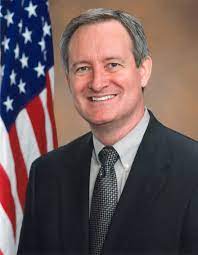


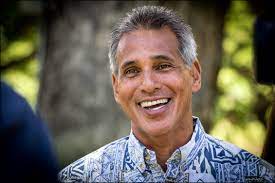


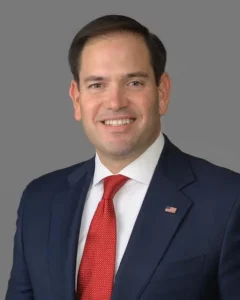
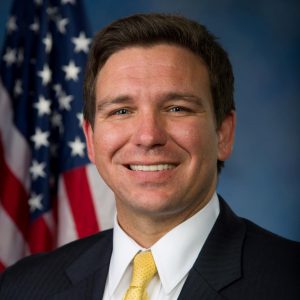


Discussion about this post